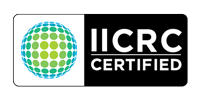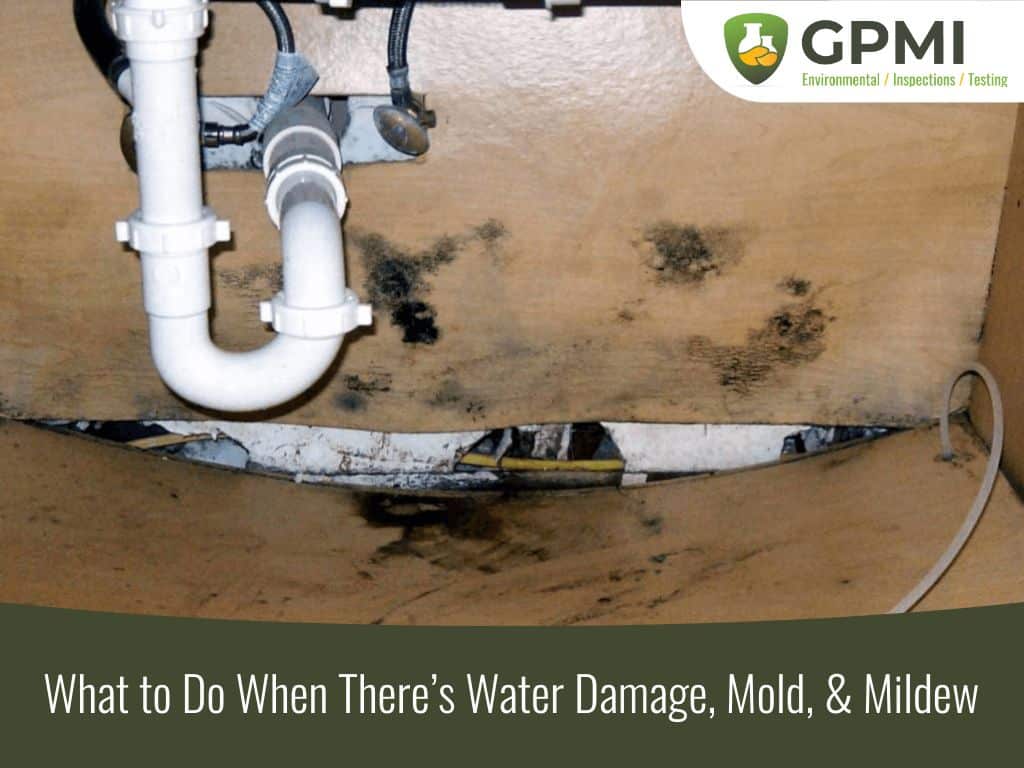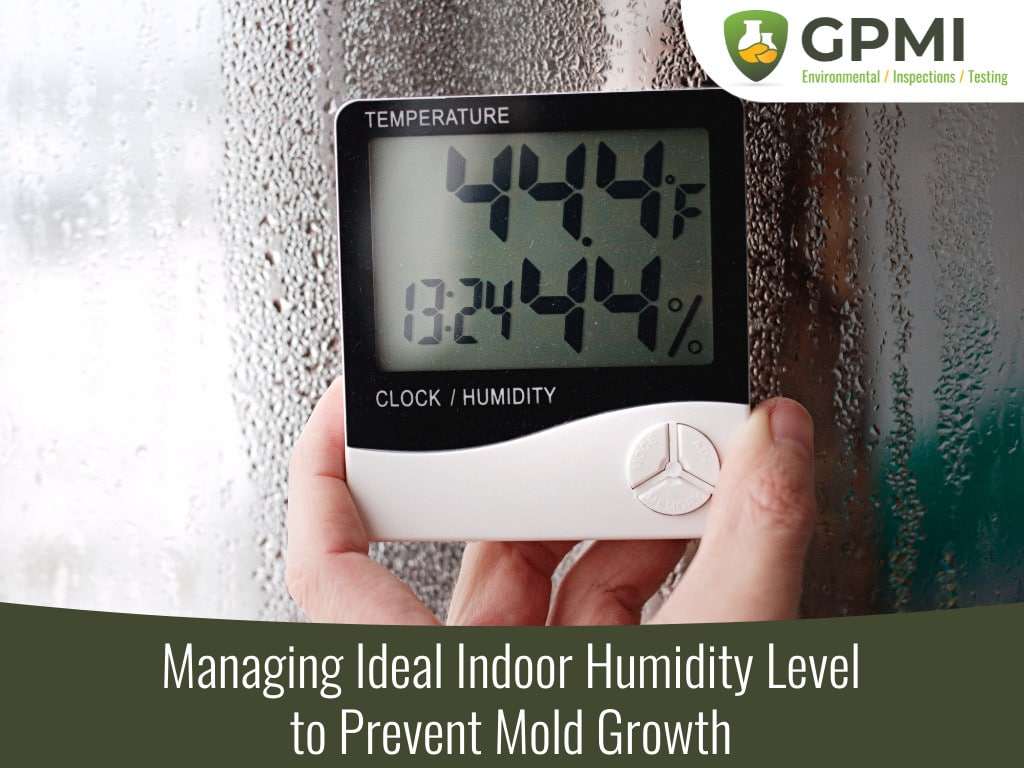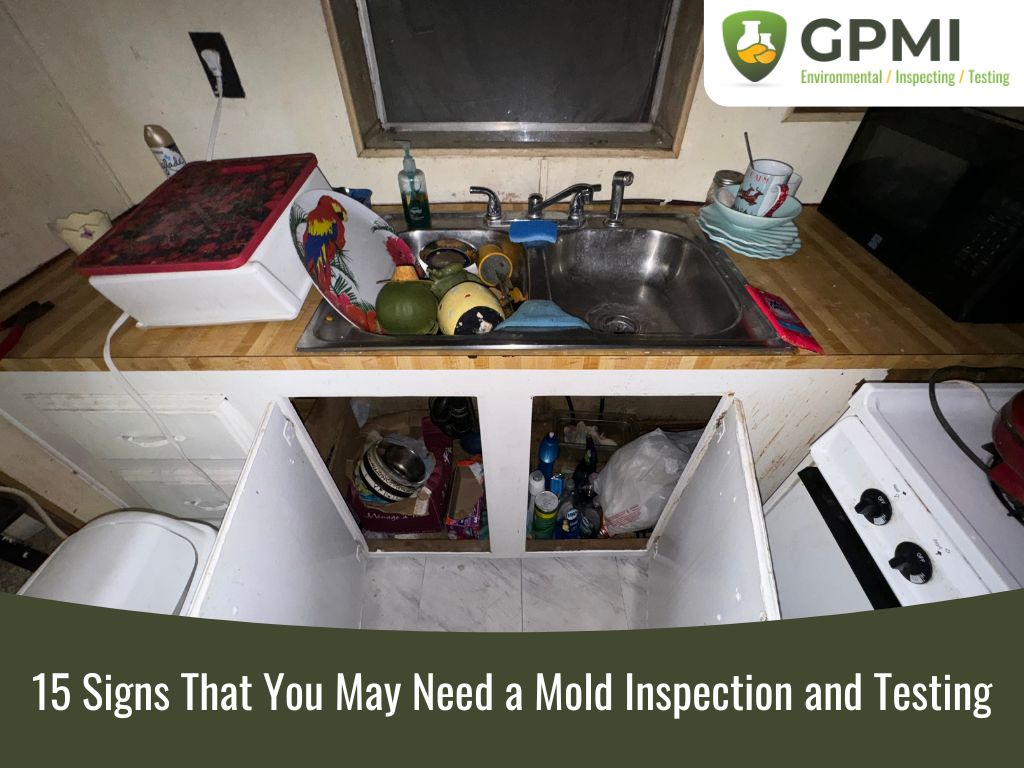Mycotoxins and Mold: How Does It Affect You and Your Family?
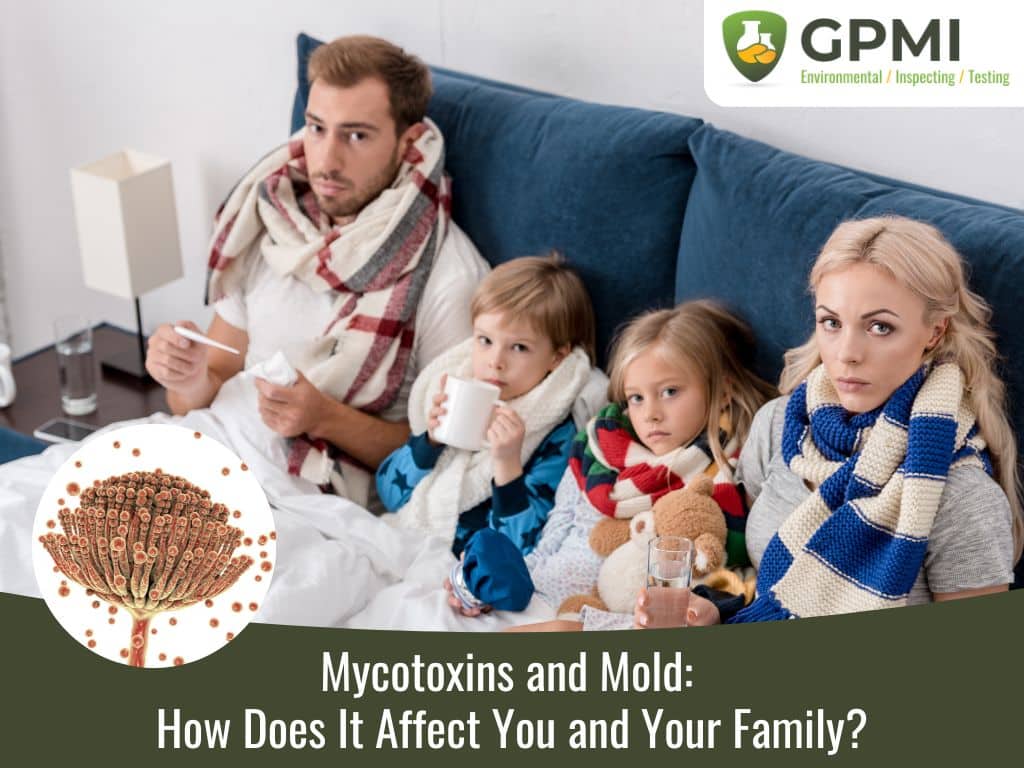
You should feel safe and comfortable in your home. Unfortunately, unseen dangers may be lurking there – dangers that can be making you and your family sick. These hidden hazards come in the form of mold and mycotoxins.
Mold is a significant problem in the United States. In fact, the Environmental Protection Agency (EPA) estimates that one in three homes has some form of mold growth. This is because mold loves damp, warm environments, which many homes can offer.
Mold can cause a host of problems for your home and family. For instance, some indoor mold species produce mycotoxins – a toxic substance that can make you sick.
In this article, we’ll discuss the dangers mold and mycotoxins pose, how to identify mold problems, and what you can do to keep your family safe.
What are Mycotoxins?
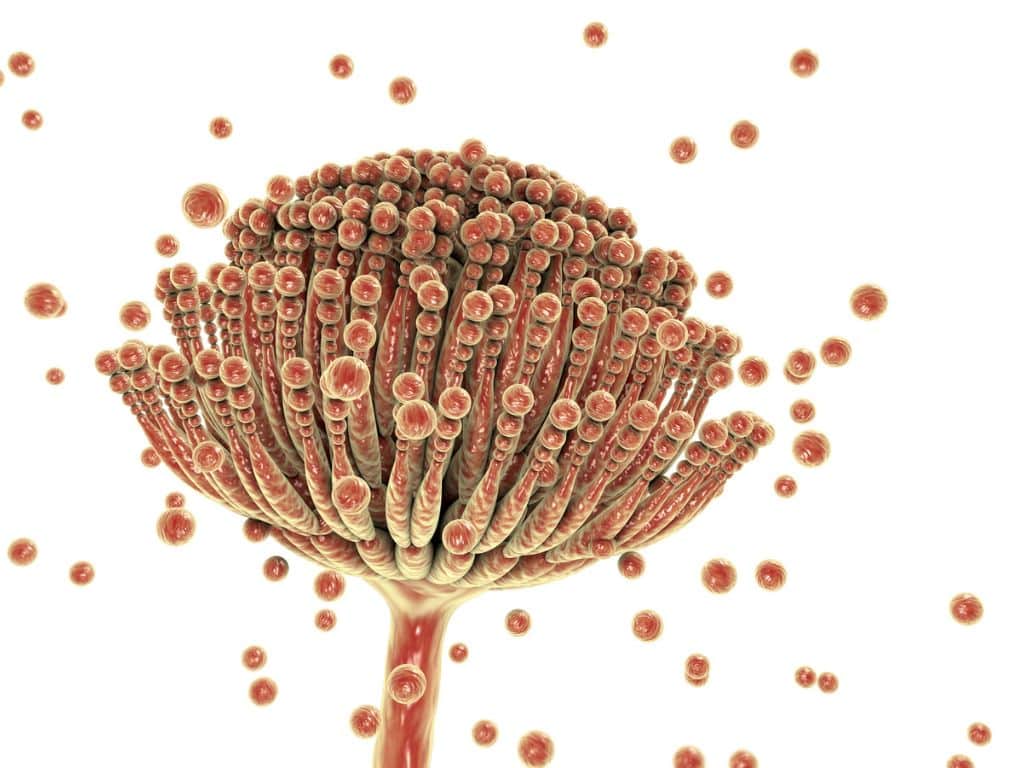
Before discussing how mycotoxins can affect your health, it’s important to understand what these toxins are.
Mycotoxins are poisonous substances produced by certain types of fungi or mold. There are over 300 types of mycotoxins, and they can be found in both indoor and outdoor environments. Once they’re in your system, mycotoxins can cause a host of health problems.
These toxins can enter the body through inhalation, ingestion, or skin contact. Just a small amount of mycotoxin exposure can be harmful to both human and animal health.
Where are Mycotoxins Found?
Mycotoxins can occur in a variety of places. Often in warm areas with high humidity. However, there are a few locations where mycotoxins can be found that can cause harm to you and your family. These include:
Food Products
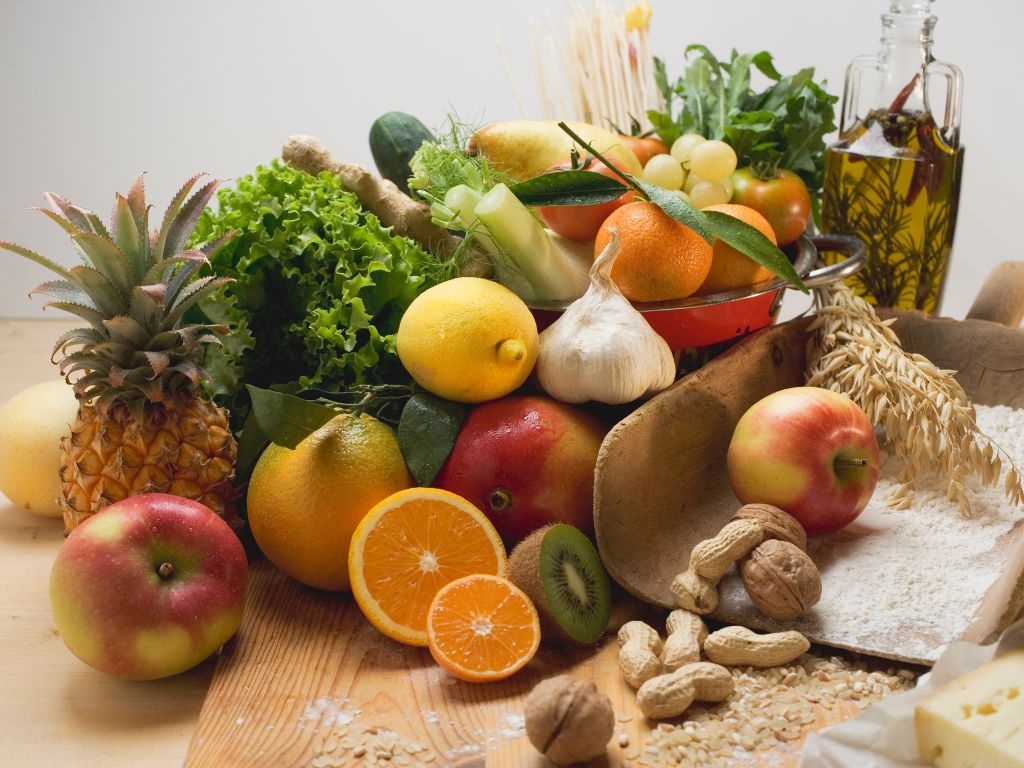
Mycotoxins can contaminate food during the growing, harvesting, and storage process. In fact, the Food and Agriculture Organization (FAO) estimates that mycotoxins contaminate approximately 25% of the world’s food supply each year.
Mycotoxin contamination can occur at any stage of the food production process. For example, mycotoxins can enter food during storage if the food is stored in damp conditions that are conducive to mold growth. Once mycotoxins contaminate food, they cannot be removed.
While mycotoxins can contaminate almost any type of food, certain foods are more susceptible to contamination than others. Some of the most common food items that can get infected with mycotoxins include:
- Grains
- Nuts
- Spices
- Fruits
- Vegetables
- Coffee Beans
Indoor Environments
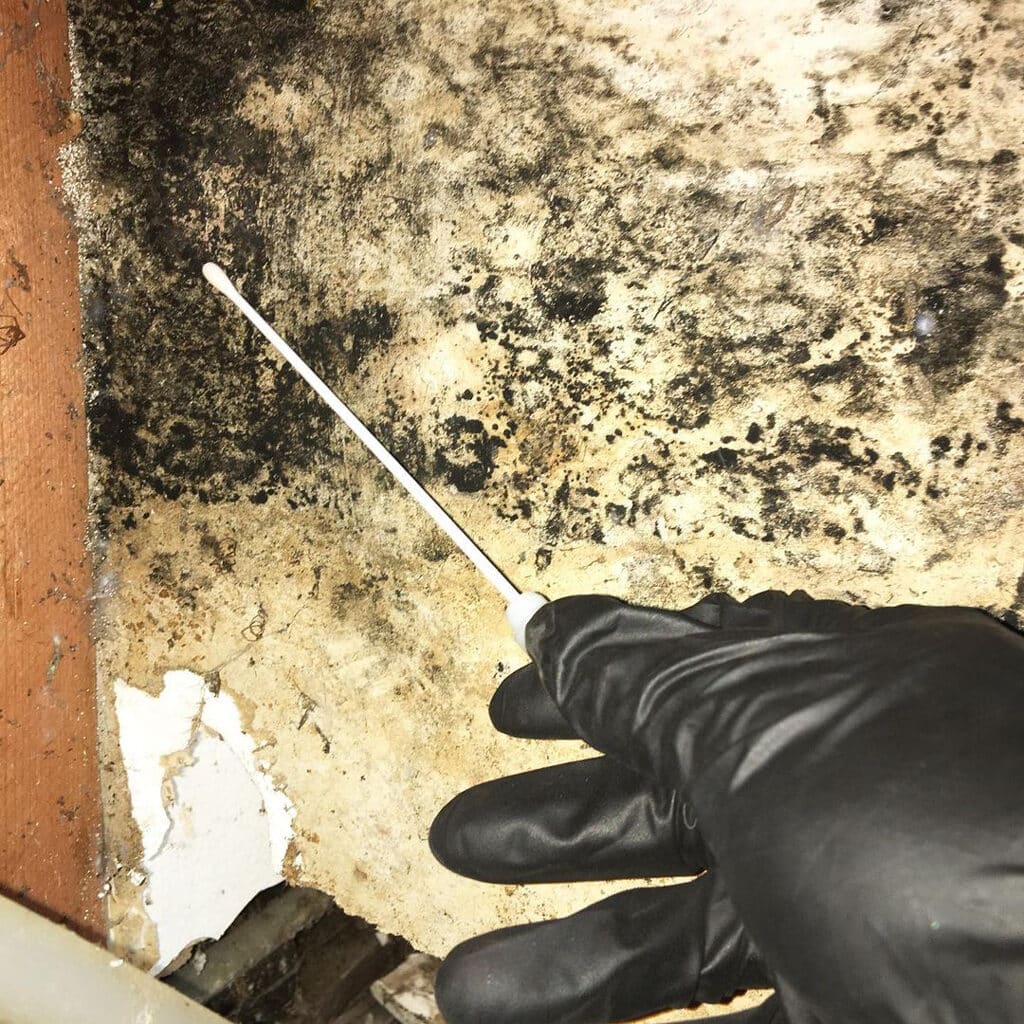
Mycotoxins can also be found in buildings and homes with water damage, high humidity levels, excess moisture, or poor ventilation. These conditions create an environment conducive to mold growth, which can release mycotoxins into the air. In fact, indoor mold growth is one of the most common causes of mycotoxin exposure.
To make matters worse, it only takes about 24 to 48 hours for mold to grow in a moist or humid indoor environment. Once mold starts spreading, it releases mycotoxins into the air that you and your family can breathe in. Additionally, mold and mycotoxins can cause structural damage to your home when left unchecked.
Dietary Supplements

Mycotoxins can also be found in some dietary supplements. This is because the FDA does not regulate some supplements in the same way it does foods and prescription drugs.
As a result, some manufacturers may cut corners to save money, leading to mycotoxin contamination. To ensure you’re not exposing yourself to mycotoxins, it’s a good idea to only purchase supplements from reputable brands.
What Do Mycotoxins Do to Humans?
Exposure to mycotoxins can cause a range of health problems in humans. The specific effects depend on the type of mycotoxin and the amount of exposure.
Some of the more common symptoms of mycotoxin exposure include:
Allergic Reactions
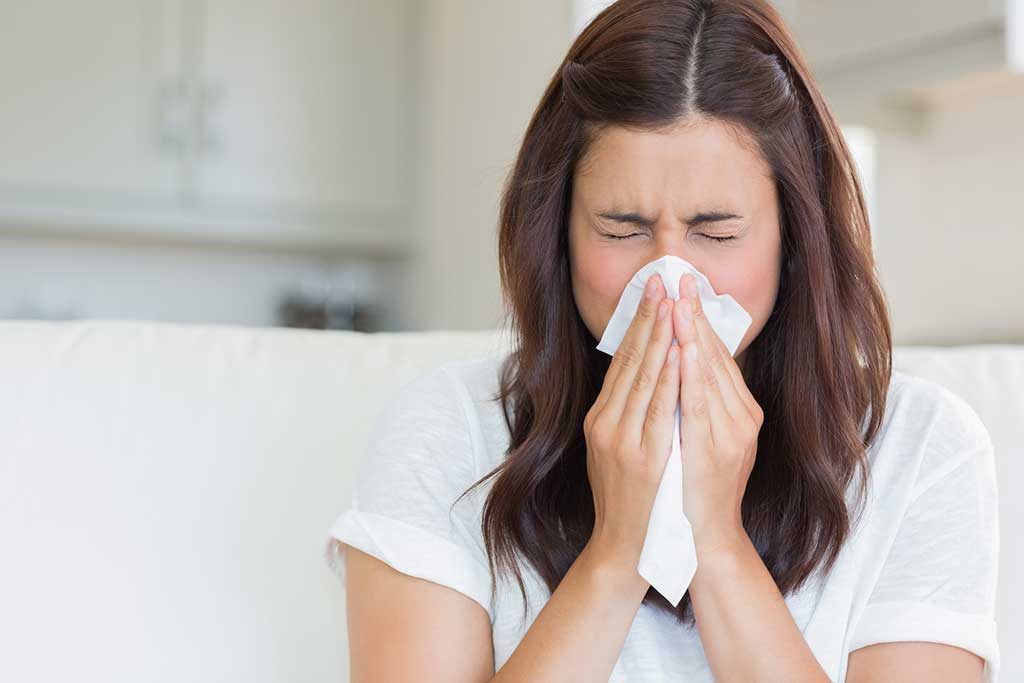
Inhaling or encountering mycotoxins can cause an allergic reaction in some people. Mold and mycotoxin-related allergic reactions can range from mild to severe, and they can include symptoms such as:
- Coughing
- Sneezing
- Itchy Eyes
- Nasal Congestion
- Skin Rash
- Watery Eyes
- Wheezing
If you experience these symptoms after being exposed to mold or mycotoxins, it’s important to see a doctor as soon as possible. Allergic reactions can worsen over time.
Asthma
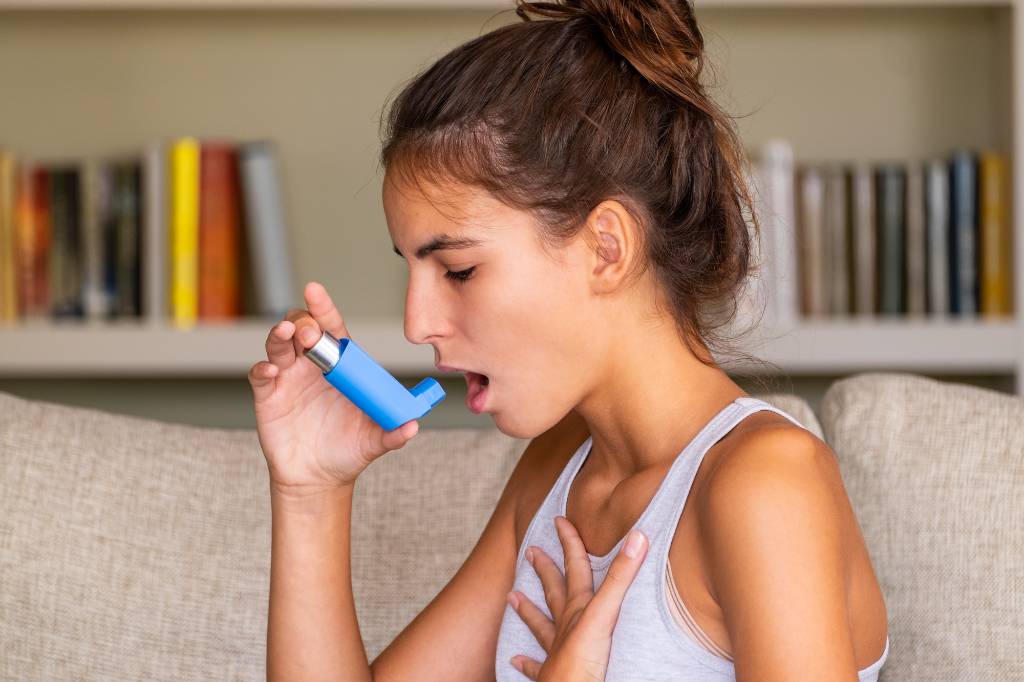
Mold and mycotoxin exposure can also trigger asthmatic reactions in some people. In fact, studies have shown that mycotoxins can cause new-onset asthma and exacerbate existing asthma symptoms.
If you or a loved one has asthma, it’s important to be extra cautious about mold and mycotoxin exposure. Exposure to high levels of these toxins can trigger a severe asthmatic reaction.
Respiratory Infections
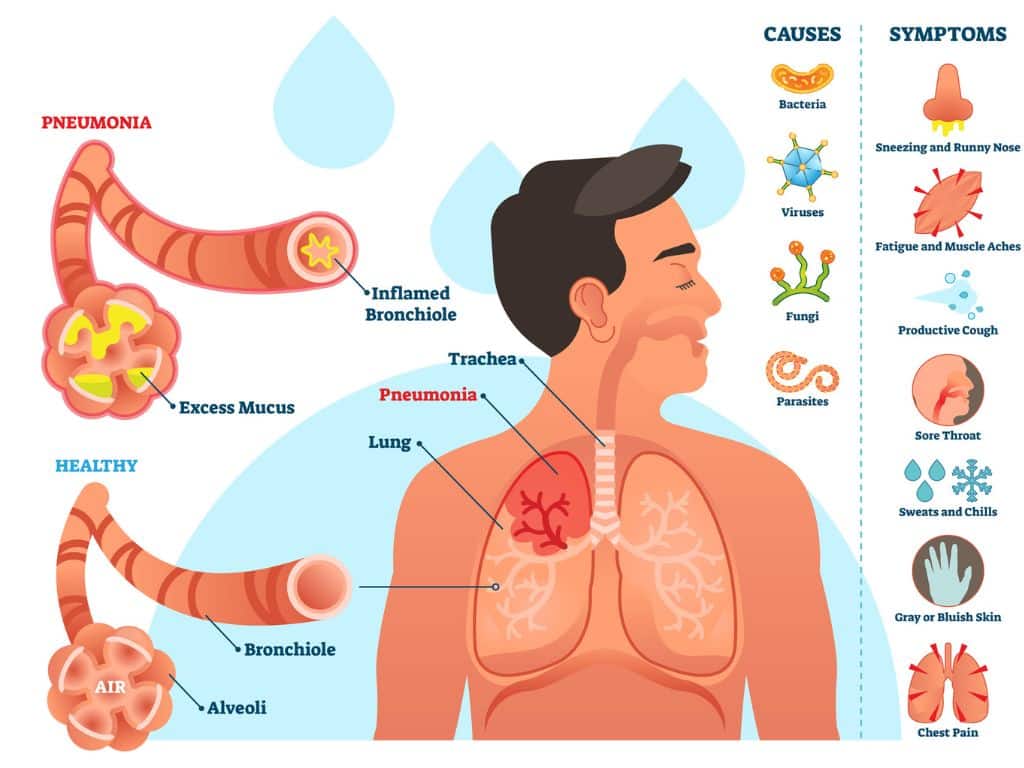
Mycotoxins can also cause respiratory infections, particularly in young children, immunocompromised people, and the elderly. This is because inhaling mycotoxins can irritate the lungs and airways, making them more susceptible to infection.
Pneumonia is one of the most common types of respiratory infections caused by prolonged mycotoxin exposure. Other common respiratory infections include bronchitis and sinus infections.
Cancer

Exposure to certain mycotoxins has been linked to an increased risk of cancer. One of the most studied mycotoxins in this regard is aflatoxin, which is a type of mycotoxin produced by Aspergillus flavus mold.
Aflatoxin is typically found in food contaminated with mold. Studies have shown that prolonged exposure to aflatoxin can increase the risk of liver and kidney cancer.
Mental Health Problems

Exposure to mycotoxins has also been linked to mental health problems such as depression and anxiety. This is thought to be due to the fact that mycotoxins can cause inflammation in the brain.
Inflammation is a known trigger of depression and anxiety. So, if you’re struggling with sudden mental health problems, it’s important to talk to a doctor and see if mycotoxins could be playing a role.
Gastrointestinal Problems
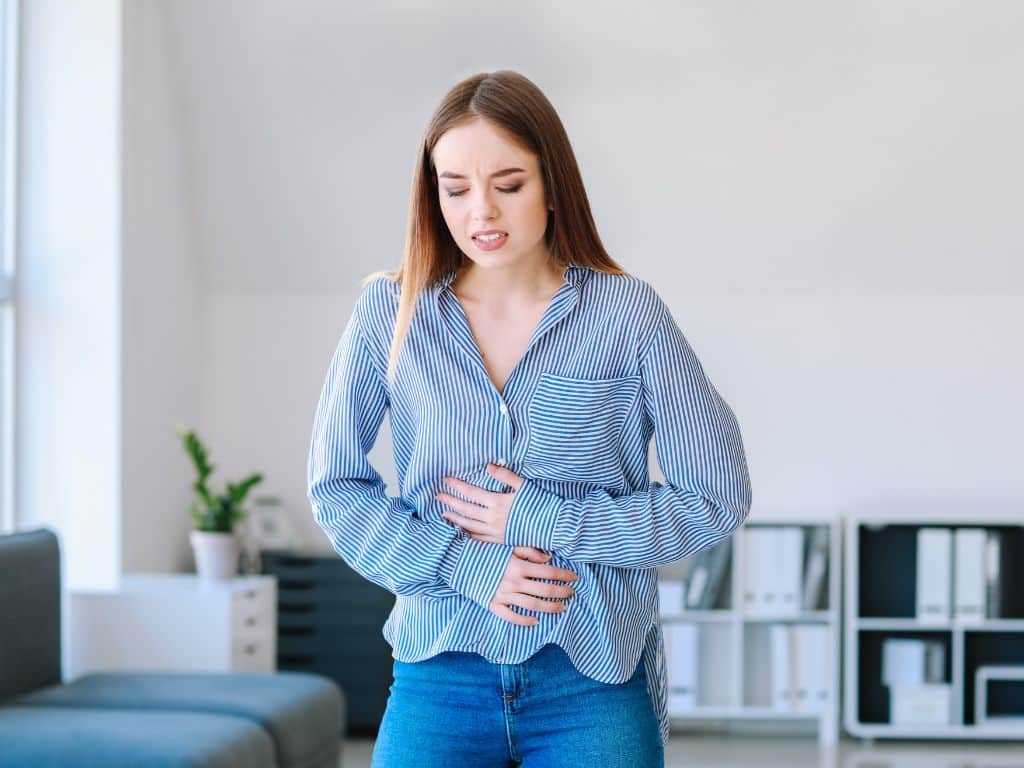
Exposure to mycotoxins can also cause gastrointestinal problems such as nausea, vomiting, and diarrhea. This is especially true if you consume food or drinks contaminated with mycotoxins.
If you experience sudden gastrointestinal problems after being exposed to mold or mycotoxins, it’s important to see a doctor as soon as possible. Mycotoxin exposure can also lead to more serious gastrointestinal problems if it’s not treated promptly.
Other Health Problems Associated with Mycotoxin Exposure
In addition to the health problems listed above, mycotoxin exposure has also been linked to several other health issues. These include:
- Fatigue
- Headaches
- Irritability
- Difficulty Concentrating
- Memory Loss
- Skin irritation
- Sore Throat
Who is Most Susceptible to Severe Mycotoxin-Related Illnesses?
While mycotoxins can cause serious health problems for anyone, some are more susceptible to severe reactions than others. The groups most at risk for developing severe illnesses from mycotoxin exposure include:
The Elderly
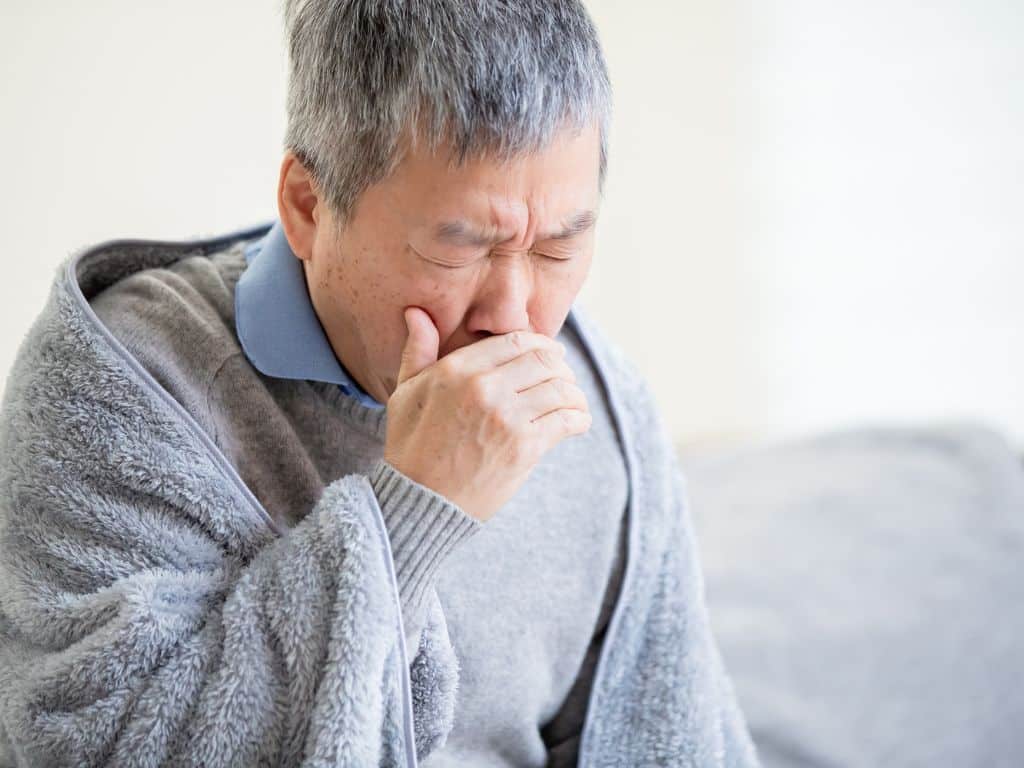
Older adults tend to have weaker immune systems, making them more susceptible to the harmful effects of mycotoxins. This can lead to more severe respiratory problems, gastrointestinal issues, and other health problems.
Not only that, but older adults are also more likely to have chronic health conditions that can be exacerbated by mycotoxin exposure. If you live with elderly family members, it’s important to be extra vigilant about preventing and removing mycotoxins from your home.
Infants and Young Children

Just like the elderly, infants and young children have weaker immune systems. Their less developed immune systems make them more susceptible to the harmful effects of mycotoxins. In fact, the CDC suggests that children exposed to mold and mycotoxins have a higher risk of developing asthma and other respiratory problems.
Additionally, infants and young children may also develop cognitive problems and other neurological issues from mycotoxin exposure. Therefore, it’s crucial to minimize your child’s exposure to mycotoxins as much as possible.
People with Underlying Health Conditions
People who have health conditions such as asthma, cancer, and chronic diseases are also more susceptible to the harmful effects of mycotoxins. People with underlying conditions struggle to fight off mycotoxins more than otherwise healthy individuals. In addition, studies have shown that immunocompromised people are more likely to develop invasive mold infections.
If you or someone you love has an underlying health condition, it’s important to take extra steps to avoid exposure to mycotoxins. This includes things like removing mold from your home and ensuring that your food is free of contaminants.
House Pets

Pets are also susceptible to the harmful effects of mycotoxins. In fact, dogs and cats are actually more likely to develop health problems from mycotoxin exposure than humans. This is because their bodies are not as efficient at breaking down and eliminating mycotoxins.
If you have pets, take steps to protect them from mycotoxins. This includes keeping your home clean and free of mold contamination. You should also be careful about the food you feed your pet, as some commercial pet foods may contain mycotoxins.
Signs of Mold and Mycotoxins in Your Home
Mycotoxins are often invisible to the naked eye until they start to spread throughout a home rapidly. However, there are some signs you can look for that may indicate the presence of mold mycotoxins in your home. If you notice any of the following, it’s important to get your home inspected for mold contamination:
Sudden Illness or Health Issues
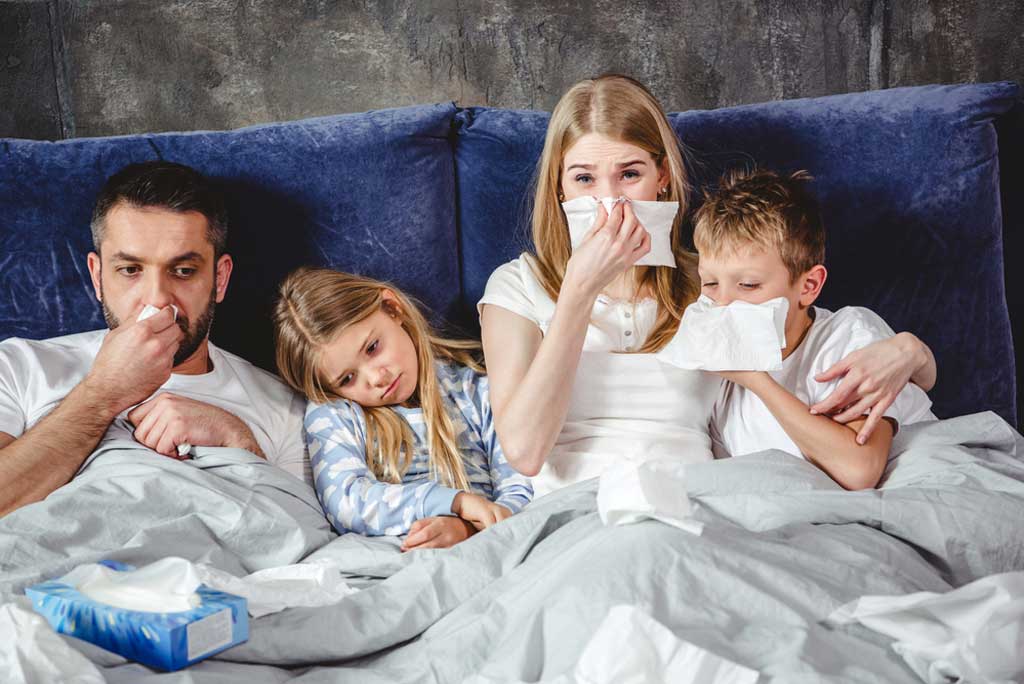
If you or your family members start to experience sudden, unexplained health problems, it may be due to mycotoxin exposure. This is especially true if these health problems seem to improve when you leave your home and worsen when you return. Sudden skin irritations, coughing, and difficulty breathing are potential symptoms of mold and a good reason to get your home professionally inspected.
Indoor Leaks or Moisture
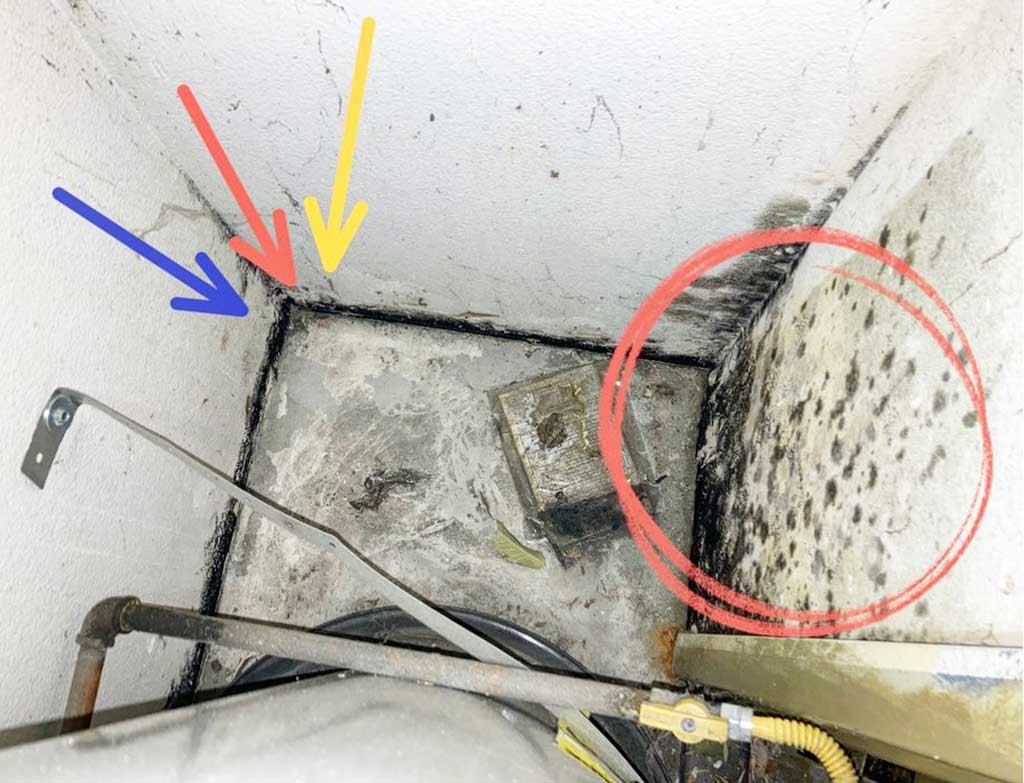
Mold and mycotoxin spores need moisture in order to grow and multiply. If you have indoor leaks or areas of high humidity in your home, it’s a good idea to get them fixed. Otherwise, you may be at risk for mold contamination and, in turn, mycotoxin exposure.
Musty Odors
If your home has a musty or earthy smell, it may be due to the presence of mold. This is because mold gives off a distinct odor that’s often hard to ignore. If you notice this type of smell in your home, it’s important to get it professionally inspected for mold as soon as possible.
Discolored Walls, Carpets, or Ceilings
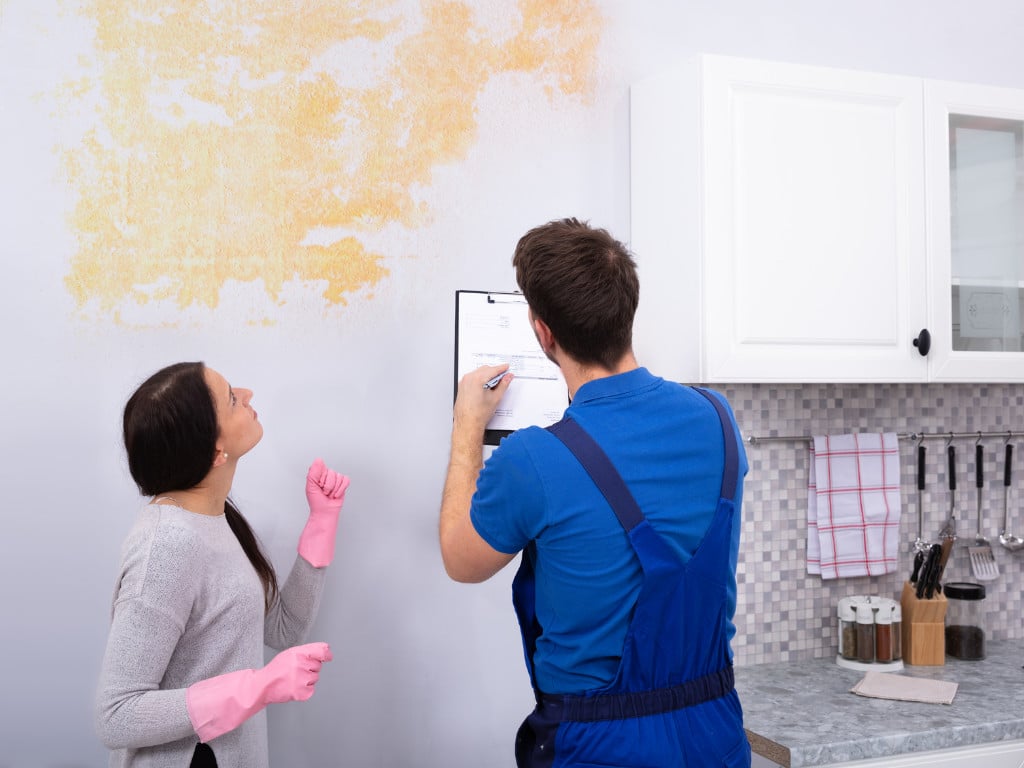
If you notice that your walls, carpets, or ceilings are discolored, it may be due to mold growth. Mold often appears as black, green, or white spots on these surfaces. If you see any discoloration in your home, it’s crucial to get an inspection right away.
In short, if you suspect mold or mycotoxin contamination in your home, it’s important to act immediately. The longer you wait, the more time the mold has to spread and release harmful toxins into the air. Don’t hesitate to get your home inspected by a professional if you think there may be a problem.
How Does Professional Mold Testing Work?
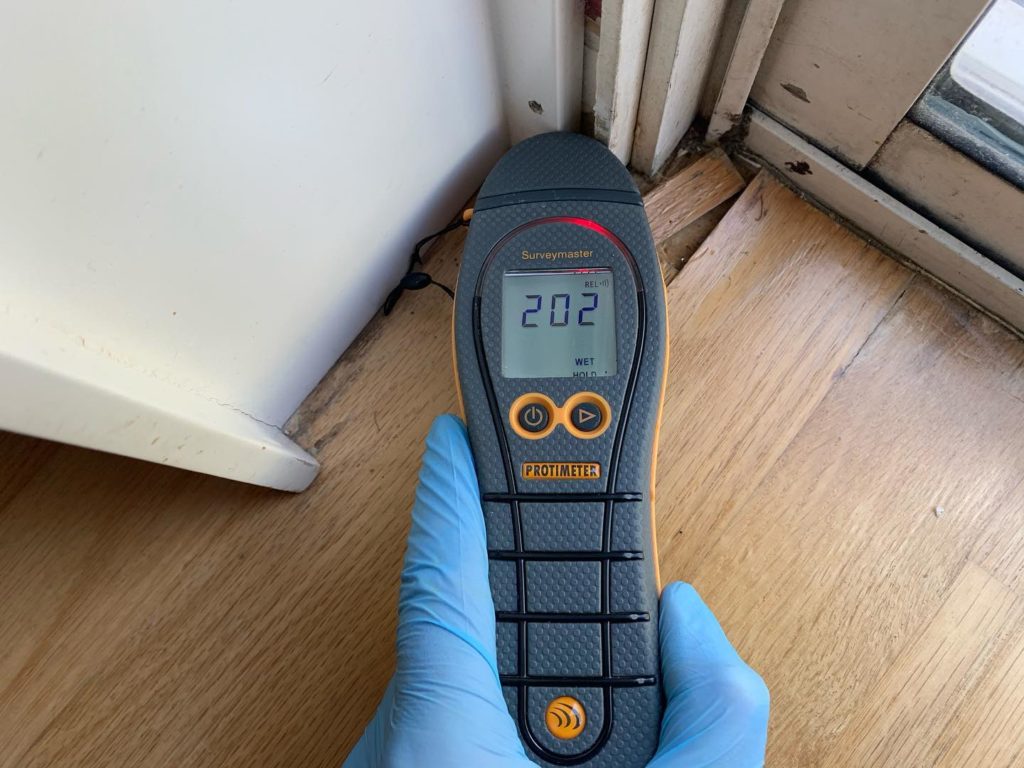
Professional mold testing is the best way to determine whether your home is contaminated with mold and mycotoxins. With a mold inspection, professional mold testers will examine and test your entire home for mold.
Our Professional Mold Detecting Process:
The GP Inspect team uses the following process to accurately test for mold and mycotoxins in your home:
- Client Interview & Assessment
Our inspectors will interview you to better understand your concerns, symptoms, and property history. Questions may include when you first noticed a problem and what kind of symptoms you or your family members are experiencing. The interview will help us assess the property and identify potential problem areas.
- Olfactory Investigation
Next, our inspectors will conduct an olfactory investigation in which they use their sense of smell to identify and locate potential areas of mold growth. This is often the first step in mold testing because it can help our inspectors zero in on problem areas.
- Visual Inspection
Once the olfactory investigation is complete, our inspectors will conduct a visual inspection of the property. This involves looking for signs of mold growth, such as discoloration or staining.
- Moisture Testing
Moisture testing is an integral part of mold testing because it can help our inspectors identify potential problem areas. This testing is conducted using special tools that measure the moisture content of surfaces.
- Mold Inspection Report
After the mold testing is complete, our inspectors will compile all of their findings into a detailed mold findings report. This report will include information on the type of mold found and the severity of the contamination. It will also include recommendations on how to remediate the problem.
In Conclusion
Mold and mycotoxins can be extremely harmful to you and your family’s health, especially if you have an underlying health condition. Therefore, it’s important to take steps to avoid exposure to mold and mycotoxins in your home. This includes getting your home inspected, removing mold contamination, and being careful about the food you eat.
If You Suspect Mold and Mycotoxins in Your Home, Act Now!
If you’re concerned about the presence of mold and mycotoxins in your home, it’s important to get a professional mold inspection. At GP Inspect, our inspectors are trained to accurately test for and identify these contaminants.
If we find mold and mycotoxins in your home, we’ll provide guidance on how to remediate the problem. We’ll also work with you to develop a plan to prevent future mold growth.
Don’t wait to get your home tested for mold and mycotoxins. Instead, take control today by contacting us online or give us a call at (949) 239-3727.


